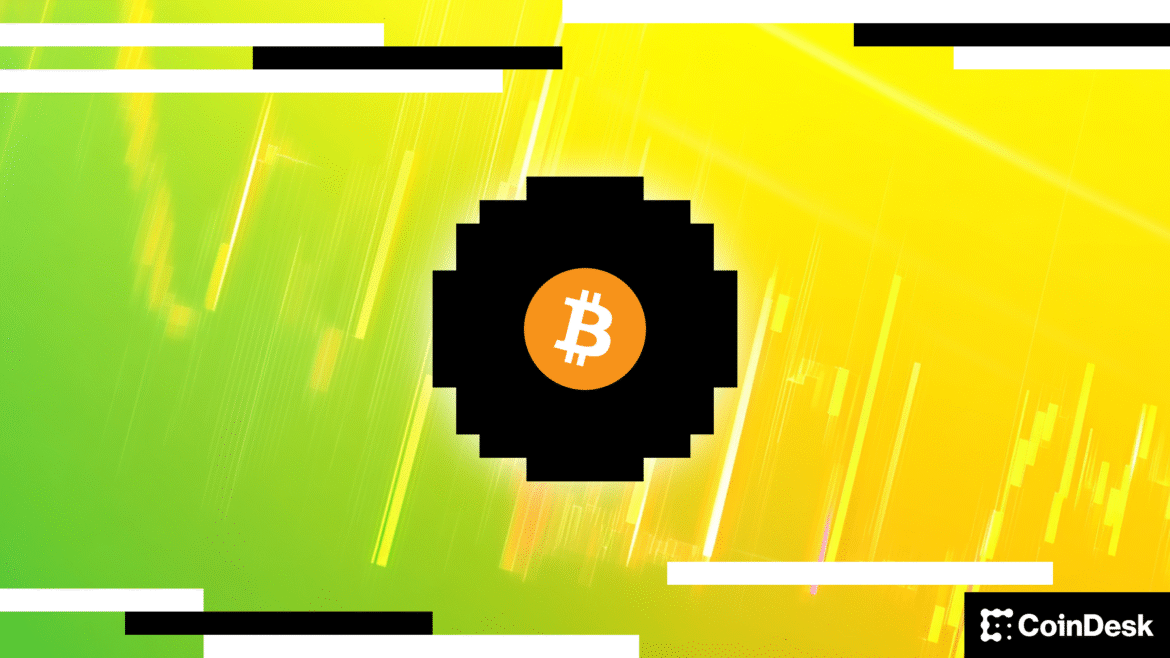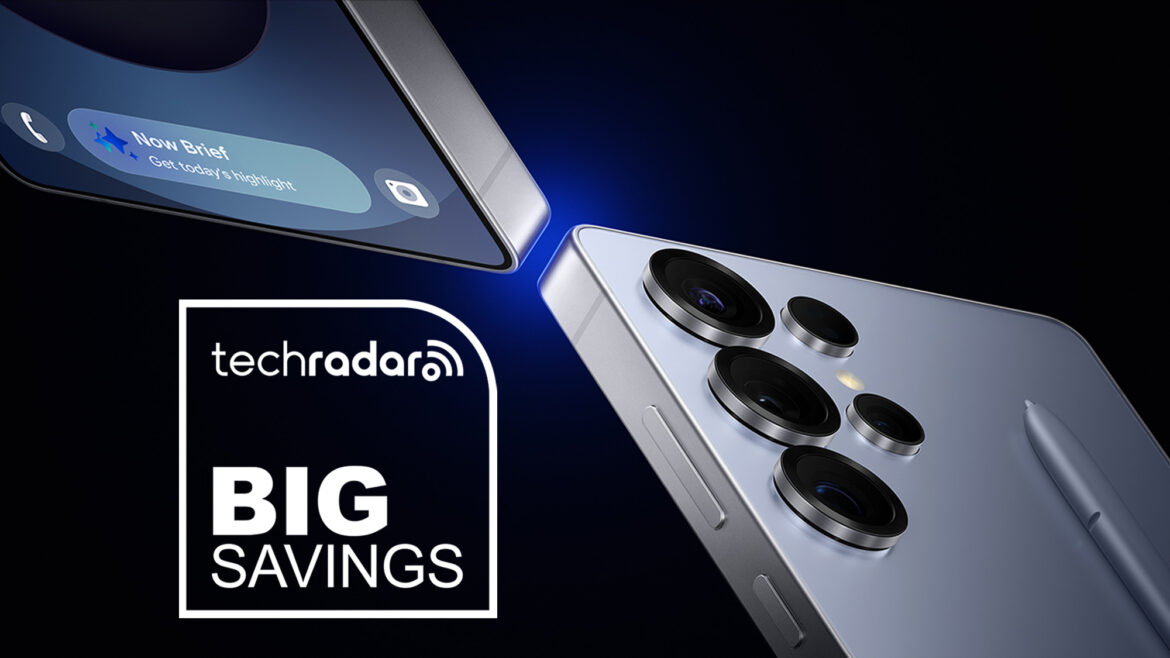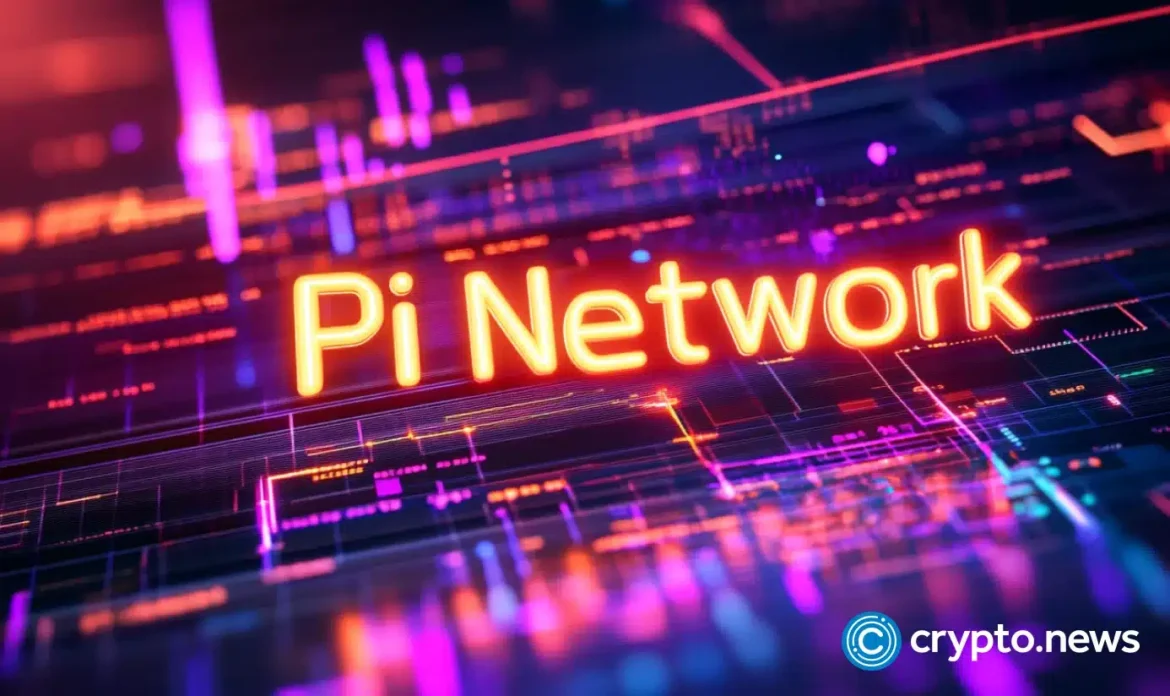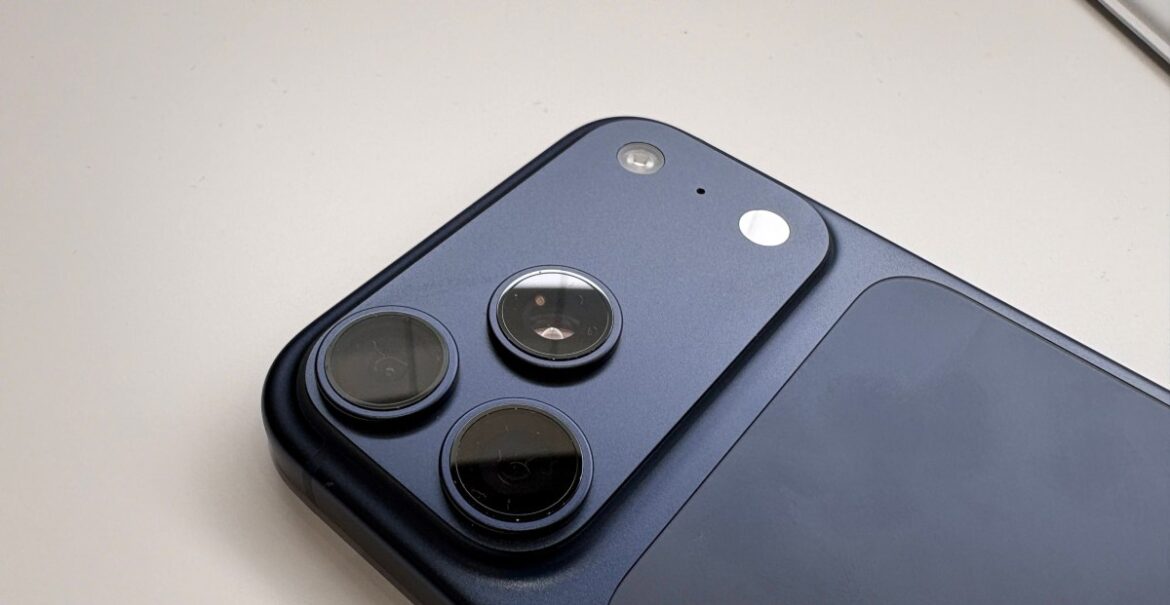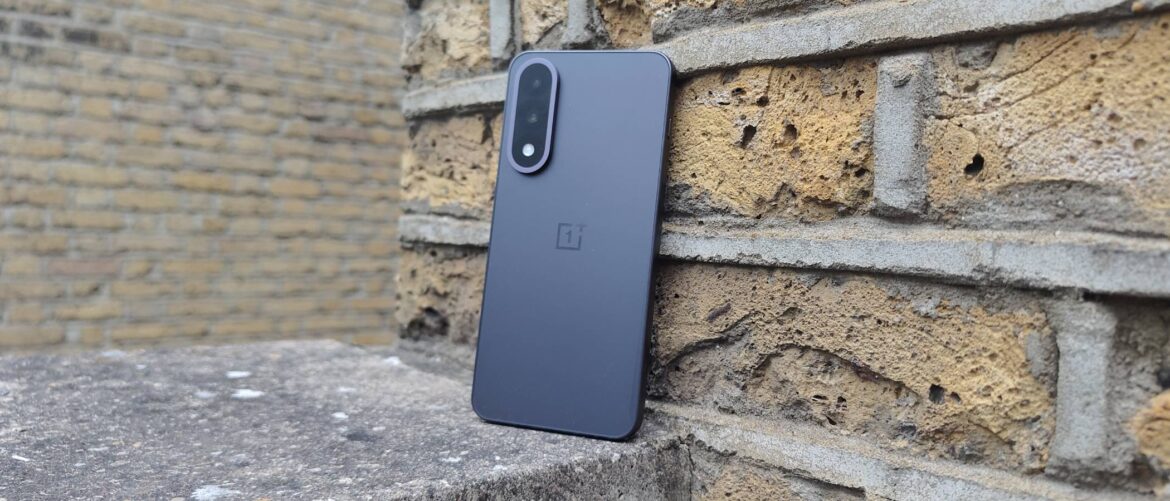Solana co-founder Anatoly Yakovenko warned that Bitcoin developers must act to prepare for a possible quantum computing breakthrough that could render the network’s current security measures obsolete.
Speaking at the All-In Summit 2025, Yakovenko said there’s a “50/50” chance quantum computers will be powerful enough within five years to break the cryptographic protections securing Bitcoin wallets.
“We should migrate Bitcoin to a quantum-resistant signature scheme,” he said.
The concern stems from the possibility of quantum machines running algorithms like Shor’s, which could crack the Elliptic Curve Digital Signature Algorithm currently protecting Bitcoin private keys. That would make it possible to forge transactions and compromise wallets, an existential risk for the network.
Community pushback
Bitcoin’s design doesn’t make such a change easy. A migration to post-quantum cryptography would require a hard fork, a highly contentious and technically complex process that would need widespread support across the network and would not be backward-compatible.
While Yakovenko stressed urgency, others in the crypto community aren’t convinced the threat is near. Adam Back, CEO of Blockstream, estimated that the technology is still somewhat far away and even making Bitcoin quantum-ready is “relatively simple.”
Bitcoin Core contributor Peter Todd pointed out earlier on social media that quantum computers “don’t exist” as “the demos running toy problems do not count.” To Luke Dashjr, another Bitcoin Core contributor, quantum isn’t as much of a threat to Bitcoin now as spam and developer corruption, which the community can now address.
Yakovenko argued that advances in artificial intelligence show how quickly lab work can leap into the real world. The moment tech giants like Apple or Google roll out quantum-safe cryptographic stacks, he said, “it’s time to migrate.”

